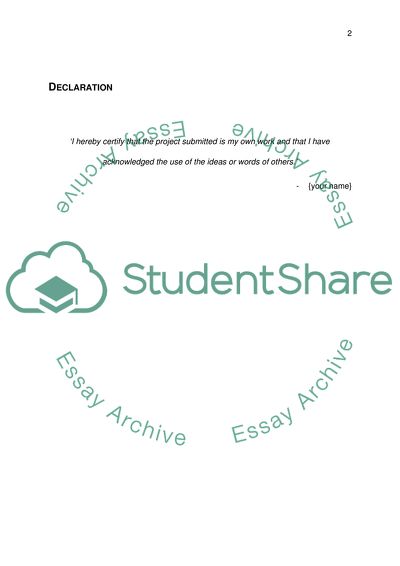Cite this document
(Influence of Smoking and Drinking on Higher Education in the United Coursework, n.d.)
Influence of Smoking and Drinking on Higher Education in the United Coursework. Retrieved from https://studentshare.org/education/1771420-econometrics-empirical-project-using-software-program-r
Influence of Smoking and Drinking on Higher Education in the United Coursework. Retrieved from https://studentshare.org/education/1771420-econometrics-empirical-project-using-software-program-r
(Influence of Smoking and Drinking on Higher Education in the United Coursework)
Influence of Smoking and Drinking on Higher Education in the United Coursework. https://studentshare.org/education/1771420-econometrics-empirical-project-using-software-program-r.
Influence of Smoking and Drinking on Higher Education in the United Coursework. https://studentshare.org/education/1771420-econometrics-empirical-project-using-software-program-r.
“Influence of Smoking and Drinking on Higher Education in the United Coursework”, n.d. https://studentshare.org/education/1771420-econometrics-empirical-project-using-software-program-r.


